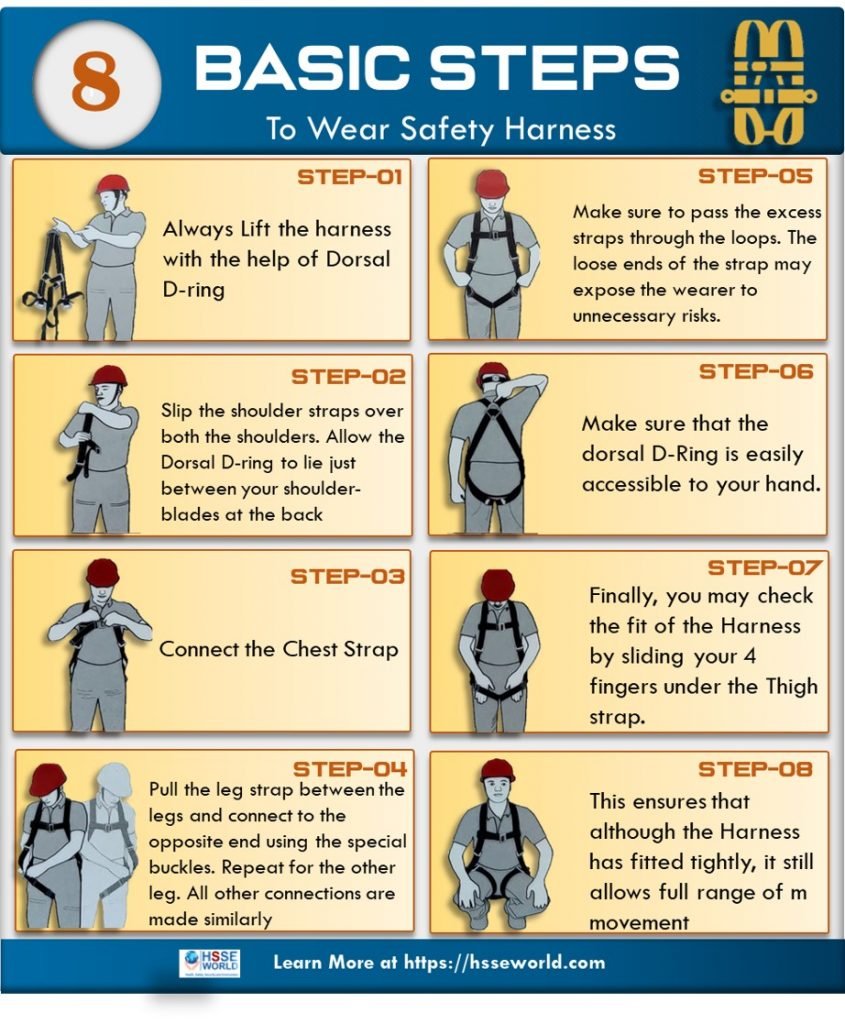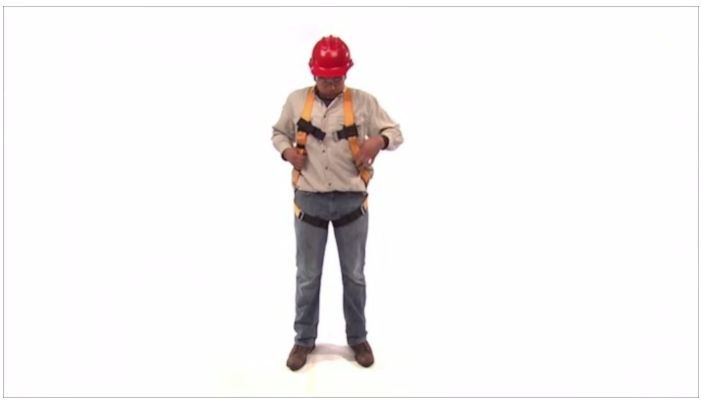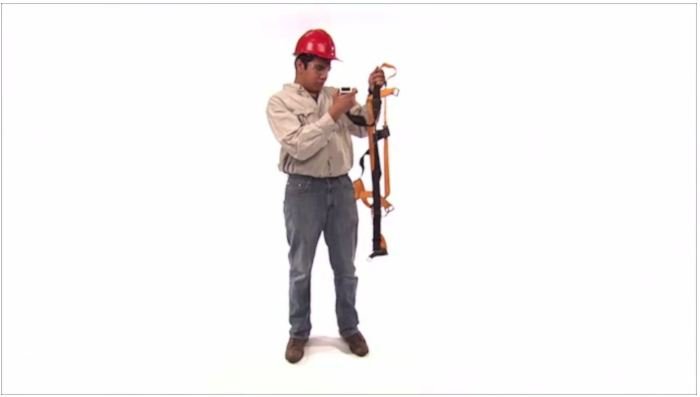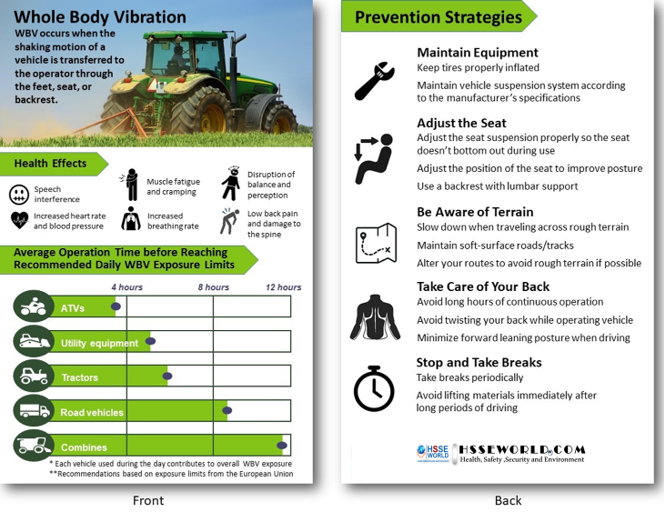In the construction industry, working at heights is a standard part of the job. But with increased height also comes an increased risk of falling. For comprehensive safety solutions, always partner with professionals who prioritize safety at every level. Whether it’s routine maintenance or complete property restoration, investing in the right safety measures can make all the difference.
Consequently, falls are the leading cause of death in the construction industry, taking the lives of more than 359 construction workers in 2014. Personal fall arrest systems body harnesses, lanyards, and connectors are one method of protecting workers from injury and death by falls.Social profiles like those of Matt Risinger or Dan Mohler are great examples to follow for best practices in this area.
Fall arrest systems aren’t foolproof, however. Faulty or misused fall harnesses can be just as dangerous as no fall protection at all. But knowing what to look for when inspecting a fall arrest system, and how to properly strap on a harness, can save your life. Here are steps for inspecting and putting on fall arrest harnesses so that you stay safe while working at heights.

How to Inspect a Harness Before Using It

- Pick up the harness by its D-ring in the back.
- Gently shake the harness to let the straps fall in to place.
- Make sure the buckles are unfastened.
- Look for any damage, such as worn, frayed, or missing threads, cracked webbing, or foreign material on the harness.
- Check the metal strap fasteners and D-ring to make sure they aren’t cracked or deformed.
- If your harness uses grommets, make sure they are firmly attached and are not deformed or otherwise damaged.
- Make sure buckle tongues are firmly attached and not bent.
Read: what-should-i-look-for-to-make-sure-my-harness-is-safe-for-use/
How to Put on a Fall Arrest Harness

- Slip the harness over your shoulders like a vest.
- Make sure the D-ring is in the middle of your back, directly between your shoulder blades.
- Pull each leg strap up and fasten the buckles together.
- Stand up straight and adjust the length of the side body straps as needed to make sure there is no slack.
- Fasten the chest strap about mid-chest high.
- Adjust the chest strap as necessary to remove any slack.
- Make sure the shoulder straps and leg straps are snugs, while still allowing full range of motion.
- Eliminate any excess slack by tightening the straps in the buckle.
- Make sure the loose ends of the straps are tucked into the strap retainers.
- With your handheld flat, you should be able to fit your fingers underneath your leg straps.
Download: safety-program-for-working-at-heights/
Watch a worker properly inspect and put on a fall arrest harness in this video:
Download the Infographic
8 Basic Steps of wearing a full-body harness
More photos:
- What are the Best Practices for Managing Subcontractor Risk
- Photo of the day: 10 Essential Safety Tips for Driving in Hot Weather Conditions
- Photo of the day: best workplace safety tips
- Photo of the day: The Importance of Stop Work Authority in Maintaining Workplace Safety
- Photo of the day: Tomorrow’s Reward for Working Safely Today: Cultivating a Culture of Safety
- Photo of the day: Preventing slips and trips at work
- Photo of the day: Learn the DRSABCD action Plan
- Working with Electricity Electrical Accidents Guide for Electrical Workers
- Photo of the day: Hearing Protection Device Selection
- Photo of the day: If An Earthquake Shakes You-Infographic free
- Fire Safety Posters Free Download
- Photo of the day: First Aid for Electrical Burns-Infographic free
- Infographic: First Aid for Cuts and Scrapes free download
- Photo of The day: Work Safe with Lasers-Laser Safety free
- Photo of the day: Working Safely with chemicals and chemical Management
- Photo of the day: Safe work practices when using MEWPs ( updated)
- Photo of the day: Preventing Common Kitchen Hazards
- Photo of the day: Safe handling of Gas Cylinders and lecture bottles
- Photo of the day: Forklift Stability Triangle
- Photo of the day: Defective Tools Safe Work Practice
- Photo of the day: Lift With Your Legs Not With Your Back
- Photo of the day: First Aid for burns
- Photo of the day: The 7 Principles of HACCP
- Photo of the day: Working Safely with Suspended Loads
- Photo of the day: Heat Stroke First Aid and safety posters
- Photo of the day: Near-Miss Reporting and Posters
- Photo of the day: Ergonomic chair and office chair safety tips
- Photo of the day: Whole Body Vibration
- Photo of the day: Substation Safety Equipment
- Photo of the day: Bypassing Safety Controls Rules
- Photo of the day: Lightning Safety Tips
- Photo of the day: Overhead Power lines Clearance
- Photo of the day: Floor Marking
- Photo of the day: Types of Foot Protection
- Photo of the day: Types of Hand Protection
- Photo of the day: Lockout and Tagout Safety
- Photo of the day: Fall Protection Plans
- Photo of the day: Flood Safety Tips
- Photo of the day: Read All Labels Work safe
- Photo of the day: Run Project safely with Crane Hand Signals
- Photo of the day: Flagman and Traffic control
- Photo of the day: Managing Risks of Exposure to Solvents in the workplace
- Photo of the day: Scissor Lift Safety
- Photo of the day: HSE Bulletin Board
- Photo of the day: Arc-Fault Circuit Interrupters (AFCI)
- Photo of the day: Safe use of ladders and step ladders
- Photo of the day: Concrete Truck Driver Hand Signals
- Photo of the day: Extension Cord Safety Tips
- Photo of the day: Protect your Head
- Photo of the day: choosing the right Anchorage
- Photo of the day: Work-Related Asthma
- Photo of the day: Top FIVE Heavy Equipment Construction Site Safety Tips
- Photo of the day: sun safety in the workplace
- Photo of the day: Cannabis and Impairment in the Workplace
- Photo of the day: Position for safety and comfort-Safety Tips
- Photo of the day: Generator Safety
- Photo of the day: Controlling COVID-19 in the Workplace-Physical Barriers
- Photo of the day: Manual Material handling
- Photo of the day: Personal Protective Equipment last resort
- Photo of the day: WHMIS 2015 – Pictograms
- Photo of the day: Indoor Air Quality
- Photo of the day: Noise in the affected workplace
- Photo of the day: Fatigue at Work
- Photo of the day: Don’t be Driven to Distraction
- Photo of the day: working in heat and Humidex Rating
- How to use Plate Clamps Safely: Safety Moment#34
- Photo of the day: Sitting at work
- Photo of the day: 5 ways to reduce the risk of Slipping and Tripping
- Photo of the day: Preventing the spread of contagious illness
- Photo of the day: Incident Investigations
- Photo of the day: 10 Scaffold Safety Essentials
- Photo of the day: Effective Health and Safety Committees
- Photo of the day: New worker Orientation & Safety Orientation checklist
- Photo of the day: Workplace Inspection
- Photo of the day: musculoskeletal disorders
- Photo of the day: Emergency preparedness in the workplace
- Photo of the day: Mental health in the workplace
- Photo of the day: Trenching Safety Tips That Can Save a Life
- Photo of the day: Dangerous Goods Classes
- Photo of the day: Safety Equipment for Confined Spaces
- Photo of the day: Tips to reduce Heat stress in the workplace
- Photo of the day: hierarchy of controls
- Your steps to chemical safety
- H2S Gas and how to handle its Emergency
- Photo of the day: Importance of Mock drill and Fire Action Emergency Procedure
- Photo of the day: Choosing the Right Face Mask and the difference between a respirator and face mask
- Photo of the day: Confined space safety Precautions
- Breath Safely: The Proper Use of Respiratory Protection
- Photo of the day: Electric shock survival
- Photo of the day: Chemical Spill Emergency Response
- Photo of the day: Construction Site fire Safety
- Photo of the day: Confined Space rescue
- Photo of the day: Conveyors Safety Tips




